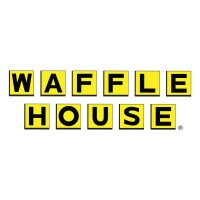
Darden
Darden’s family of restaurants features some of the most recognizable and successful brands in full-service dining — Olive Garden, LongHorn Steakhouse, Yard House, Ruth's Chris Steak House, Cheddar’s Scratch Kitchen, The Capital Grille, Chuy's, Seasons 52, Eddie V's and Bahama Breeze. We own and operate more than 2,100 restaurants and are proud to employ 195,000 team members. Together, we create memorable experiences for 420 million guests annually in hundreds of communities across North America.






